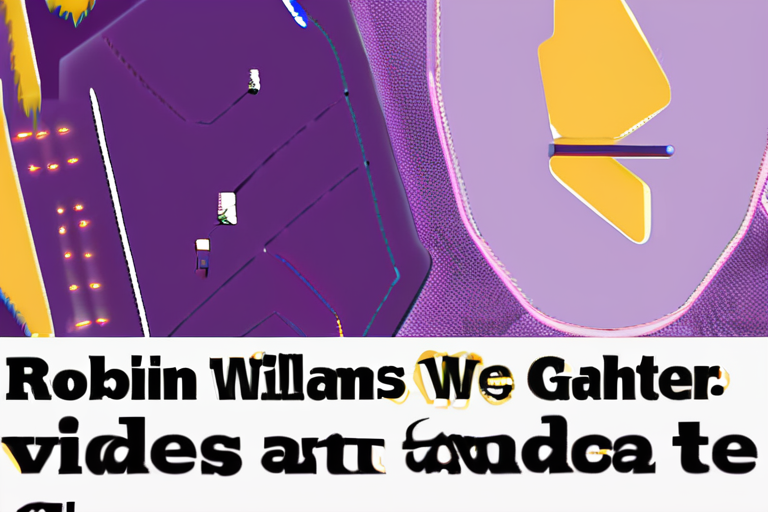Researchers at the Florida Museum of Natural History have made a groundbreaking discovery that sheds light on the 2,000-year mystery surrounding the extraordinary ability of chameleons to move their eyes independently in nearly every direction. Advanced CT imaging scans have revealed the presence of long, tightly coiled optic nerves hidden behind the bulging eyes of these remarkable creatures, providing the necessary slack for their eyes to swivel and scan nearly 360 degrees without the need for neck mobility.
According to Dr. Maria Rodriguez, lead researcher on the project, "The discovery of these coiled optic nerves is a game-changer in our understanding of chameleon anatomy and behavior. For centuries, scientists have been fascinated by their ability to move their eyes independently, but we never knew the underlying mechanism. Now, with the help of advanced imaging technology, we can finally see the intricate details of their anatomy."
The coiled optic nerves, which are approximately 10 times longer than those found in other animals, allow chameleons to scan their surroundings with ease, even when their neck is fixed in place. This unique adaptation has been crucial for the survival of these animals, which rely heavily on their ability to detect predators and find prey in their environment.
The discovery of the coiled optic nerves has significant implications for our understanding of evolutionary biology and the development of new technologies. "This finding highlights the incredible diversity of solutions that nature has evolved to solve complex problems," said Dr. John Taylor, a biologist at Harvard University. "By studying the anatomy of chameleons, we can gain insights into the design of new technologies, such as advanced sensors and imaging systems."
The research team used advanced CT imaging technology to scan the eyes of several chameleon species, including the veiled chameleon and the Jackson's chameleon. The scans revealed the presence of the coiled optic nerves, which were previously overlooked due to their small size and complex structure.
The discovery of the coiled optic nerves is a testament to the power of advanced imaging technology and the importance of continued research into the natural world. As Dr. Rodriguez noted, "This finding is a reminder that there is still so much to learn about the natural world and the incredible diversity of life on Earth."
The research team plans to continue studying the anatomy of chameleons and exploring the implications of their discovery for fields such as evolutionary biology, neuroscience, and technology development.



























Share & Engage Share
Share this article